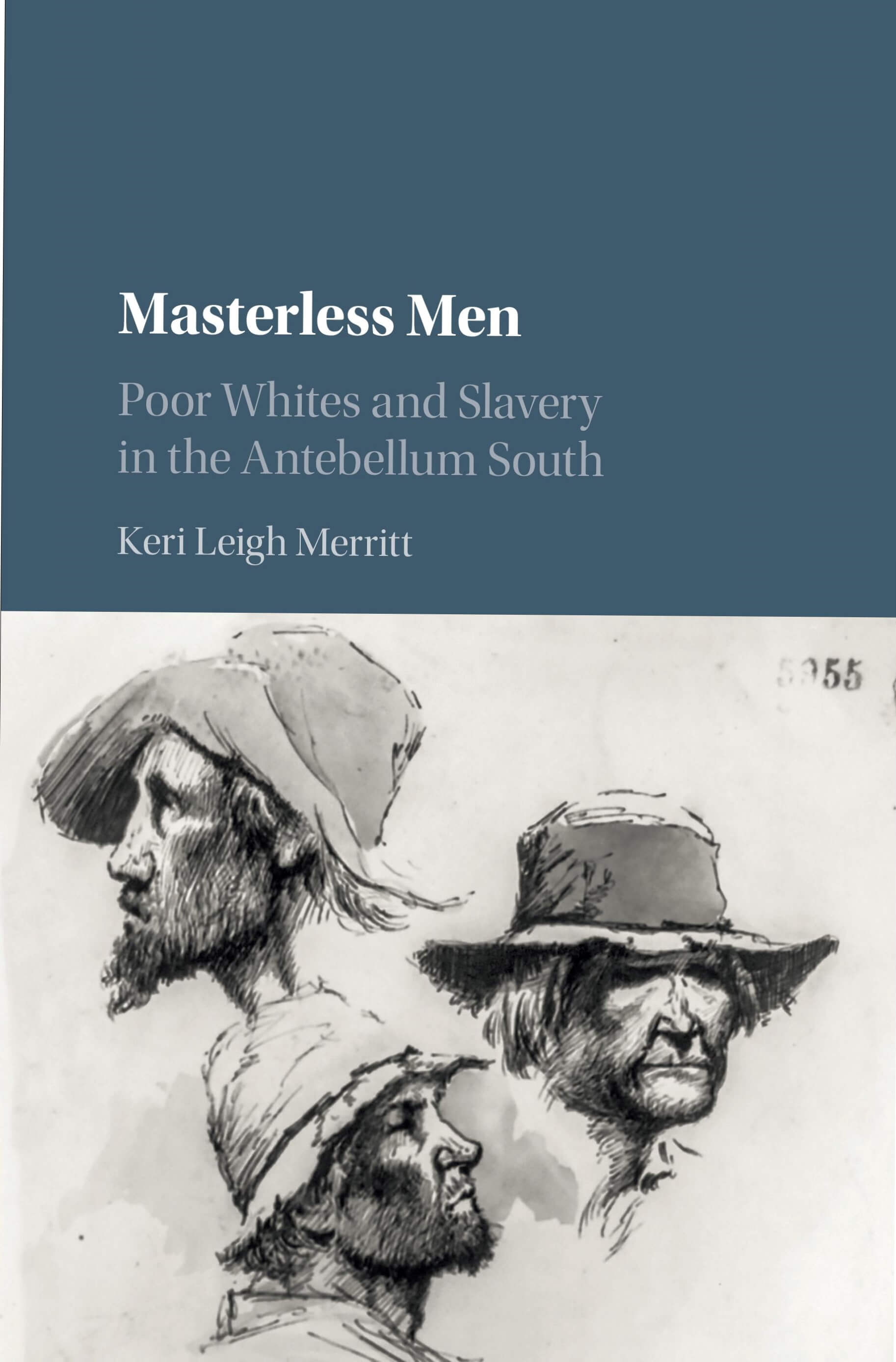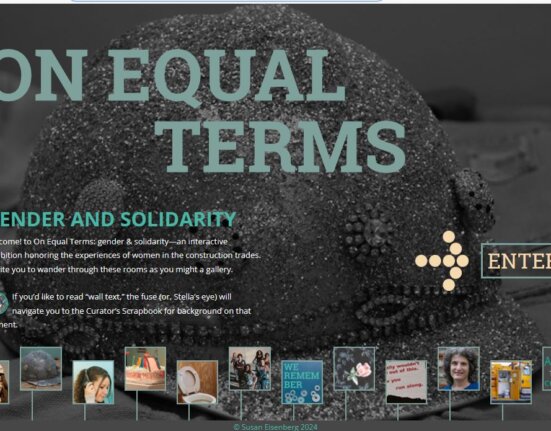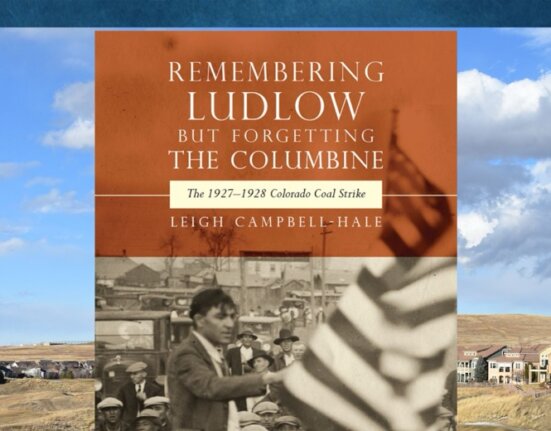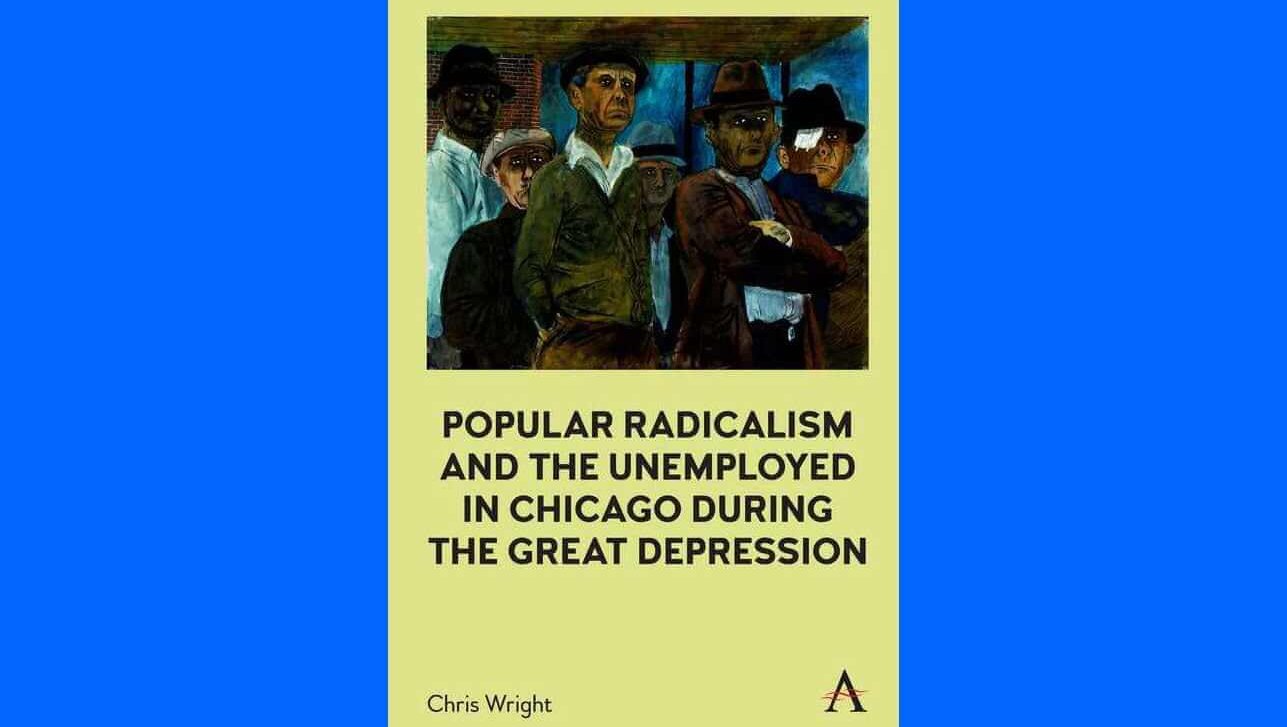While studies on southern slaveholders, yeomen, and even the enslaved abound, relatively little has been written about the Deep South’s white working-class. My new book, Masterless Men: Poor Whites and Slavery in the Antebellum South, seeks to illuminate the lives of about one-third of the cotton belt’s whites, who owned neither land nor slaves. By doing so, we can understand more about the labor crisis and class tensions that helped to bring on the Civil War.
Although life had never come easy for the region’s poor, the financial upheaval of the Panic of 1837 devastated the vulnerable lower classes and rendering many small landholders landless. Problems for non-slaveholding whites continued accruing throughout the 1840s, right on the heels of the economic recession, as over 800,000 slaves poured into the Deep South, displacing unskilled and semi-skilled white laborers. By this time, the profitability and profusion of plantation slavery had rendered most low-skilled white workers superfluous, except during the bottleneck seasons of planting and harvest. Shut out from much of the Deep South’s agricultural work, many poor white laborers spent the late-antebellum period experiencing long bouts of unemployment or underemployment. Though impoverished whites were never subjected to the daily violence and degrading humiliations of racial slavery, they did suffer tangible socio-economic consequences as a result of living in a slave society.
Even as poor whites increasingly became involved in non-agricultural work, there were simply not enough jobs to keep them at a level of full employment. Rarely did they have long-term contracts; most were hired daily, weekly, or seasonally, leaving many of the poor underemployed for parts of the year. Moreover, many white laborers had to travel widely to find job opportunities, abandoning their homes and families for periods of time to take short-term work. They took the South’s dirtiest, most dangerous jobs, like ditching and mining, work often deemed “too hazardous for Negro property.” Yet as poor whites attempted to enter construction, mechanical, factory, and other jobs, they were constantly made aware of the thousands of readily available black strikebreakers waiting to take their places should they ask for better wages or request safer working conditions.1
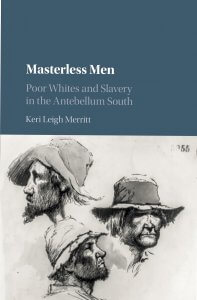
As poor white Isaac Grimes remembered about the late-1850s, employment opportunities were “awful scarce. Couldn’t hardly get work [and] wages [were] so low – I have worked that time for $5.00 a month and board. Worked with oxens, all [I] could get for work.” Another laborer from Georgia complained that “the slaveholders could get the slave for almost nothing and the poor young men like myself, could not get a job.”2
Indeed, poor white southerners not only possessed class consciousness, but as the antebellum period wore on, they became overtly resentful of slaveholders. With their labor rendered almost unnecessary, some poor whites chose to drop out of society altogether, living off the land and often running afoul of the law. Others struggled to make ends meet with occasional odd jobs. Yet the prevalence of slave hiring in the 1840s and 50s further exacerbated class tensions, just as an influx of impoverished white immigrants into southern cities intensified racial tensions.
As poor whites became increasingly upset – and more confrontational – about their exclusion from the southern economy, they occasionally threatened to withdraw their support for slavery altogether, making overt threats about the stability of the institution, and the necessity of poor white support for that stability. For instance, white workers in Jackson, Mississippi called for “the suppression of the abuses committed by the owners of negro mechanics in ‘permitting their slaves to go at large, trade as free men, [and] hire themselves out’…to the…direct injury of the mechanical classes in open violation of social right.” R.H. Purdom, a master mechanic who addressed the Jackson meeting, issued a blatant warning to both slaveholders and slave hirers: an “early, decided course for the speedy suppression of the intolerable abuses” suffered by white laborers was necessary for the “permanent welfare of the institution of slavery itself.” It seemed as if poorer whites were finally at their tipping point. They were willing – at least in theory – to threaten the institution of slavery in the interests of their own economic class.3
Indeed, as slaveholders came to face a three-front assault on slavery – from northern abolitionists and free-soilers, the enslaved themselves, and poor white southerners – they realized they had few viable options left. The Deep South’s labor problems, ultimately borne by slavery, had undoubtedly added fuel to the secessionist flame.
1. Richard M. Morris, “The Measure of Bondage in the Slave States,” The Mississippi Valley Historical Review 41, No. 2 (Sept. 1954): 223; 228.
2. Colleen M. Elliot and Louise A. Moxley, eds. The Tennessee Civil War Veterans Questionnaires, Vols. 1-5. (Easley, SC: Southern Historical Press, Inc., 1985), Vol. 3, 966; Vol. 3, 1057.
3. “Mechanical Association,” Mississippian State Gazette, Dec. 29, 1858, 3.

Keri Leigh Merritt works as an independent scholar in Atlanta, Georgia. In addition to Masterless Men, she is also co-editor with Matthew Hild of Reviving Southern Labor History: Race, Class, and Power (forthcoming), and is currently conducting research for books on radical black resistance during Reconstruction, and on the role of sheriffs and police in the nineteenth century South.

